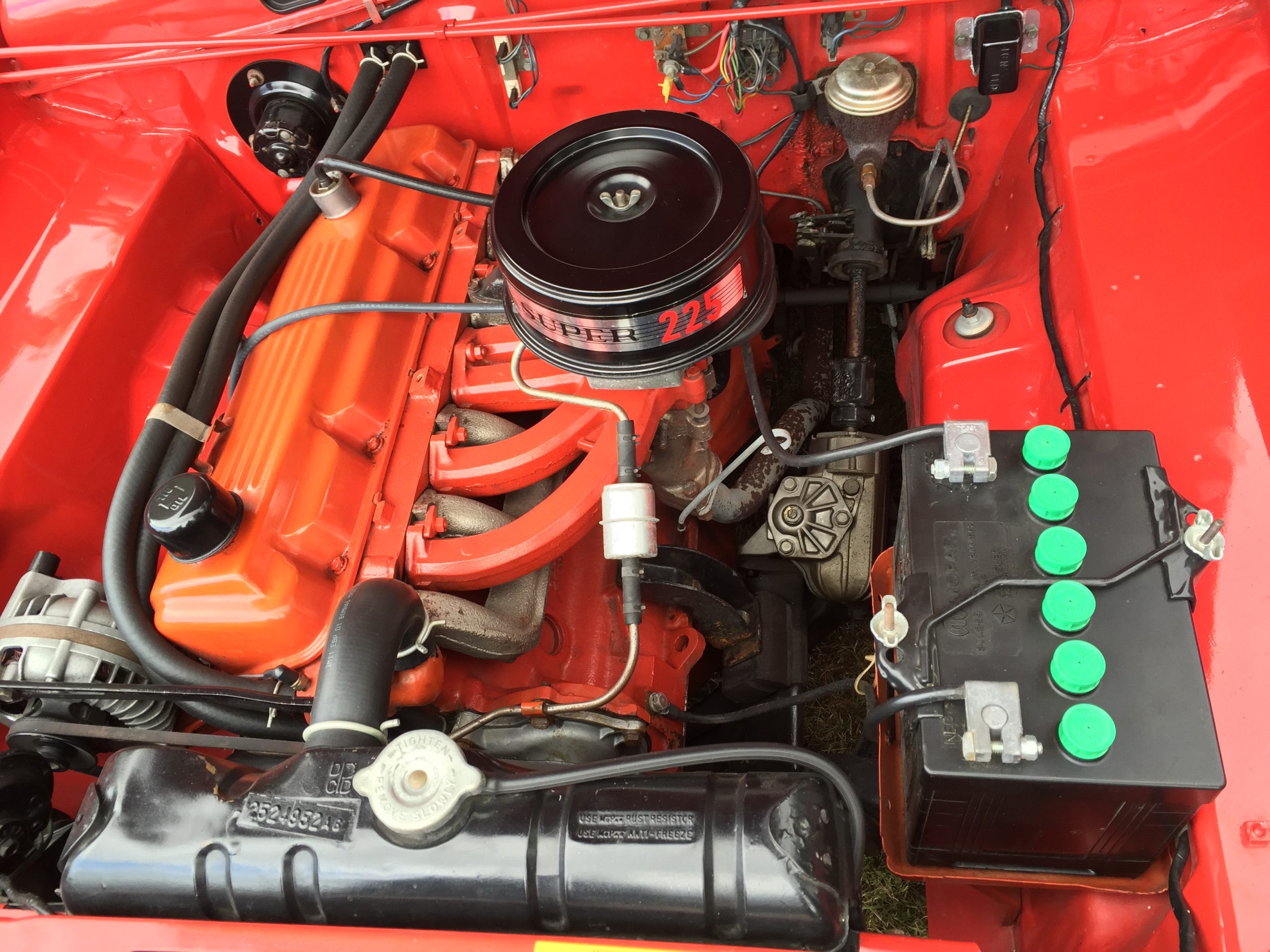While some engines dominate headlines with flashy specs or motorsport victories, others quietly build reputations rooted in reliability, versatility, and endurance. Many powerplants that once flew under the radar have proven themselves across decades and platforms, earning praise from mechanics, tuners, and everyday drivers alike.
This list explores ten such engines that may not have initially basked in glory but have since revealed themselves as mechanical legends.
From humble inline-fours to torque-heavy diesels and adaptable V8s, these engines exceeded expectations, challenged assumptions, and demonstrated why real engineering excellence often lies beyond first impressions.
1. Chrysler Slant-Six: The Leaning Legend
The Chrysler Slant-Six, produced from 1959 to 2000, defied norms with its 30-degree tilted inline-six layout. Originally dismissed as quirky, it earned legendary status thanks to its immense durability and versatility. Used in over 30 Chrysler, Dodge, and Plymouth models, it was equally comfortable in sedans, trucks, and even motorsport builds.
The engine came in 170, 198, and 225 cubic-inch displacements and featured cast iron or aluminum blocks. Its simple design, excellent cooling, and long lifespan made it a favorite among enthusiasts. The Slant-Six eventually became a symbol of rock-solid engineering and outlasted many of its more famous contemporaries.
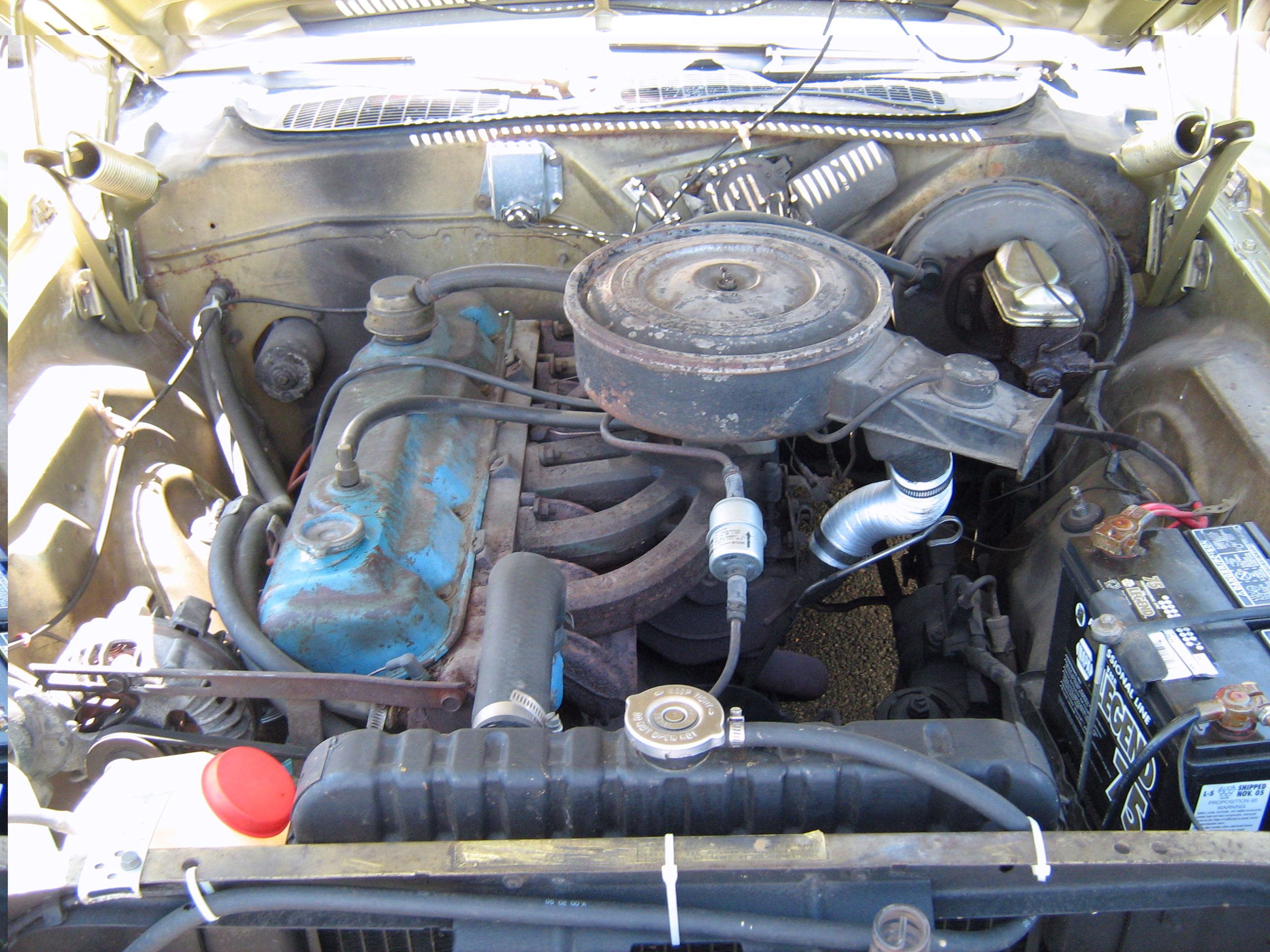
2. Ford 300 Straight-Six: The Workhorse That Refused to Die
The Ford 300 cubic-inch inline-six, built from 1964 to 1996, was long underappreciated for its simplicity. Found in F-Series pickups, dump trucks, and industrial machines, this long-stroke engine delivered relentless torque and minimal maintenance requirements.
Though power dropped to 114 hp in later emissions-compliant years, it was indestructible and could endure abuse, neglect, and overwork. It even claimed multiple Baja 1000 wins, showcasing its strength in extreme conditions.
It remained a staple in commercial fleets and continues to run in older work vehicles today. The 300 I6 wasn’t flashy, but it earned trust where it counted most: the real world.
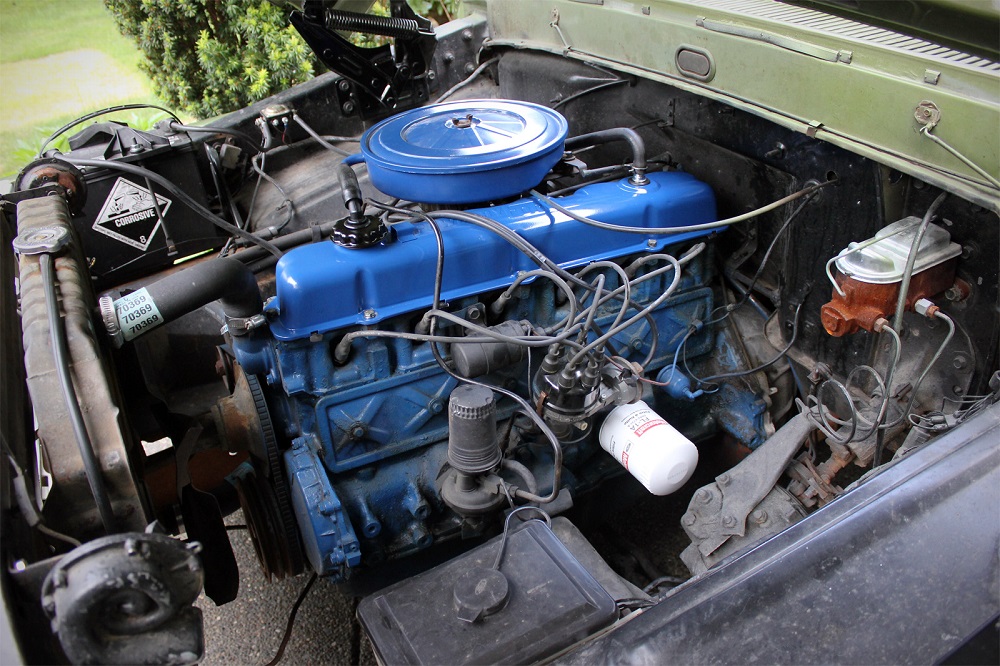
3. Toyota 2GR: The Quietly Dominant V6
The 3.5-liter Toyota 2GR V6, in production since 2005, flies under the radar despite powering millions of vehicles globally. Found in models like the Camry, Highlander, Lexus RX, and even the Lotus Evora, the 2GR offers both refinement and stamina.
Its robust construction—aluminum block and head—delivers between 237 and 316 hp, with variants like the 2GR-FSE making the Ward’s 10 Best Engines list multiple times.
Despite being mass-produced, its reliability in family sedans, luxury vehicles, and sports cars alike has earned it a devoted following. This V6 proves that mainstream doesn’t mean mediocre—it means proven, trusted, and respected.
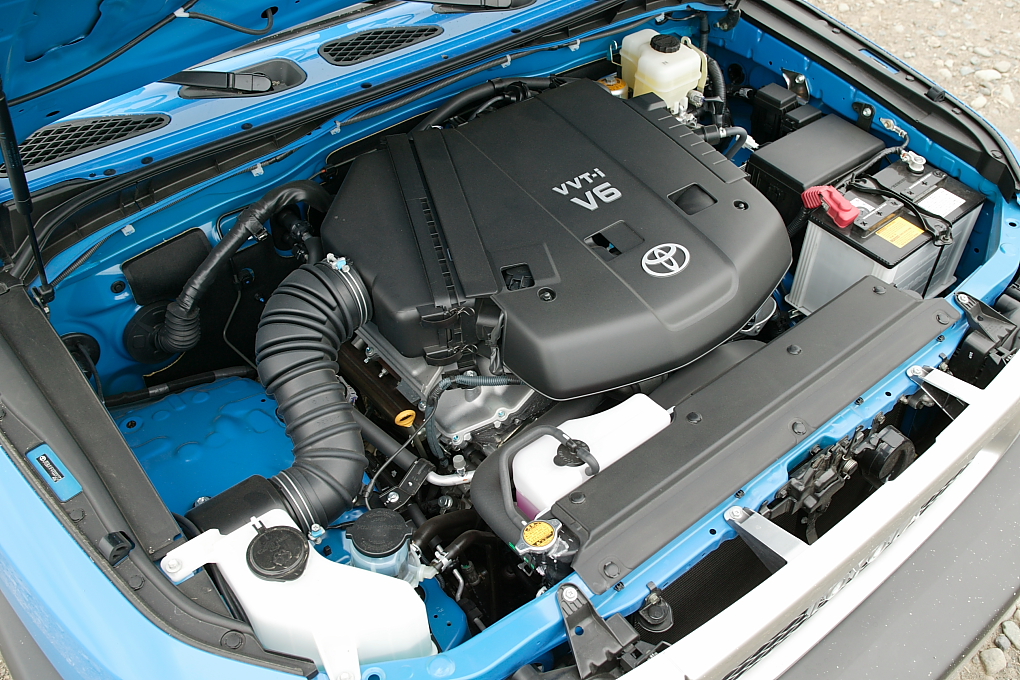
4. Volkswagen ABF: Europe’s Sleeper Performance Motor
Produced from 1992 to 1999, the VW ABF 2.0-liter 16-valve inline-four powered the Golf GTI Mk III and Passat. Initially overlooked due to modest output (148 hp), it’s now revered for high-revving capability and reliability. With a cast iron block and aluminum head, it remains a popular swap choice for classic Volkswagens.
While parts have grown scarce and sensor issues can crop up, the core engine remains dependable and eager, even with spirited driving. Many owners have clocked over 250,000 miles without major issues. Though rarely in the spotlight, the ABF is now appreciated as one of VW’s finest four-cylinders.
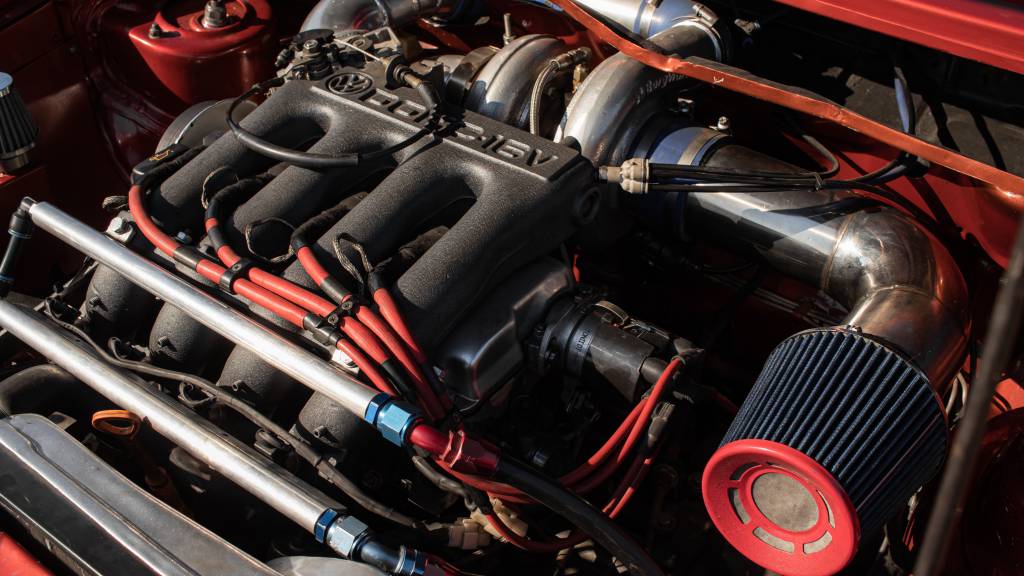
5. BMW M50: The Foundation of Modern BMW Sixes
The BMW M50 inline-six, produced from 1990 to 1996, marked a turning point for the brand with the introduction of VANOS (variable valve timing). With displacements from 2.0 to 2.5 liters and up to 189 hp, it seemed modest, but this motor laid the groundwork for future performance engines.
The cast iron block made it strong enough to withstand turbocharging, while its smoothness and balance fit BMW’s driving ethos. It evolved into the S50 for M models and remained a tuner favorite. Initially seen as a mere upgrade to the M20, the M50 has since earned a legacy of reliability and innovation.
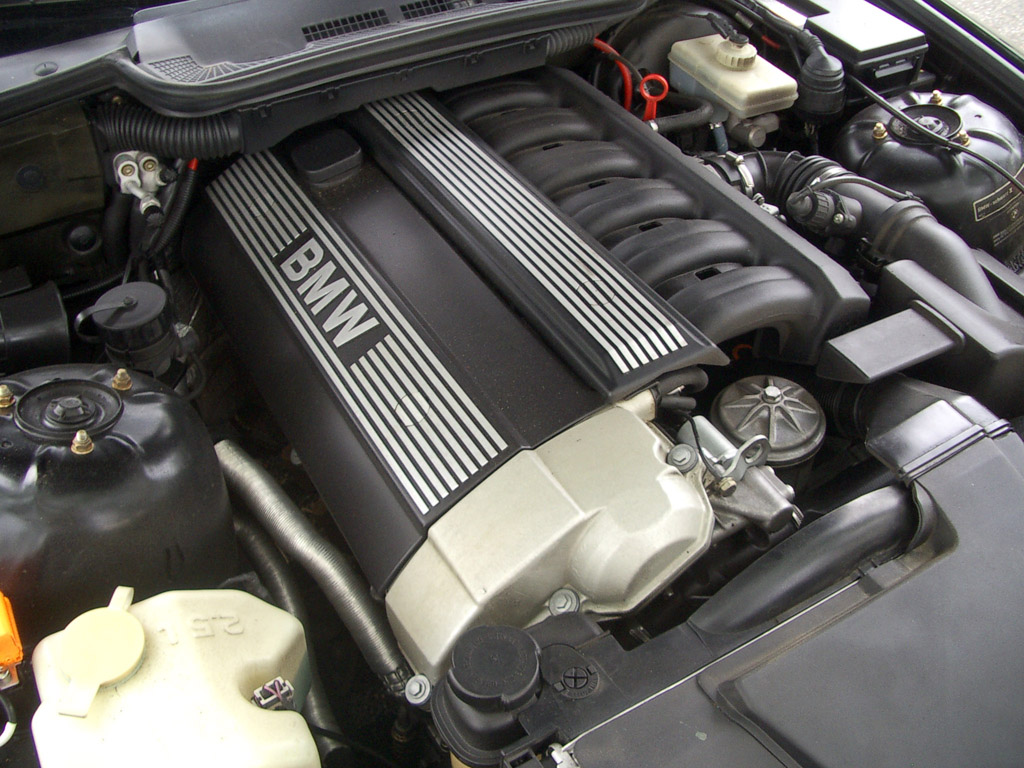
Also Read: 10 Cars Mechanics Secretly Drive Themselves: Reliable, Affordable, Easy to Maintain Daily Drivers
6. Toyota 1JZ/2JZ: The Bulletproof Icons
The 1JZ and 2JZ inline-six engines, produced from 1990 to 2007, earned global fame for strength and tuning potential. Originally fitted in Toyota sedans and sports cars like the Supra, their cast iron blocks and robust internals made them favorites among tuners seeking up to 1,000 hp on stock internals.
The 1JZ was a 2.5-liter variant, while the 2JZ came in 3.0-liter form. Despite being overshadowed early by flashy turbo engines, their real-world resilience made them legendary. These motors redefined what a reliable performance engine could be—resilient, tunable, and practically unbreakable when properly maintained.
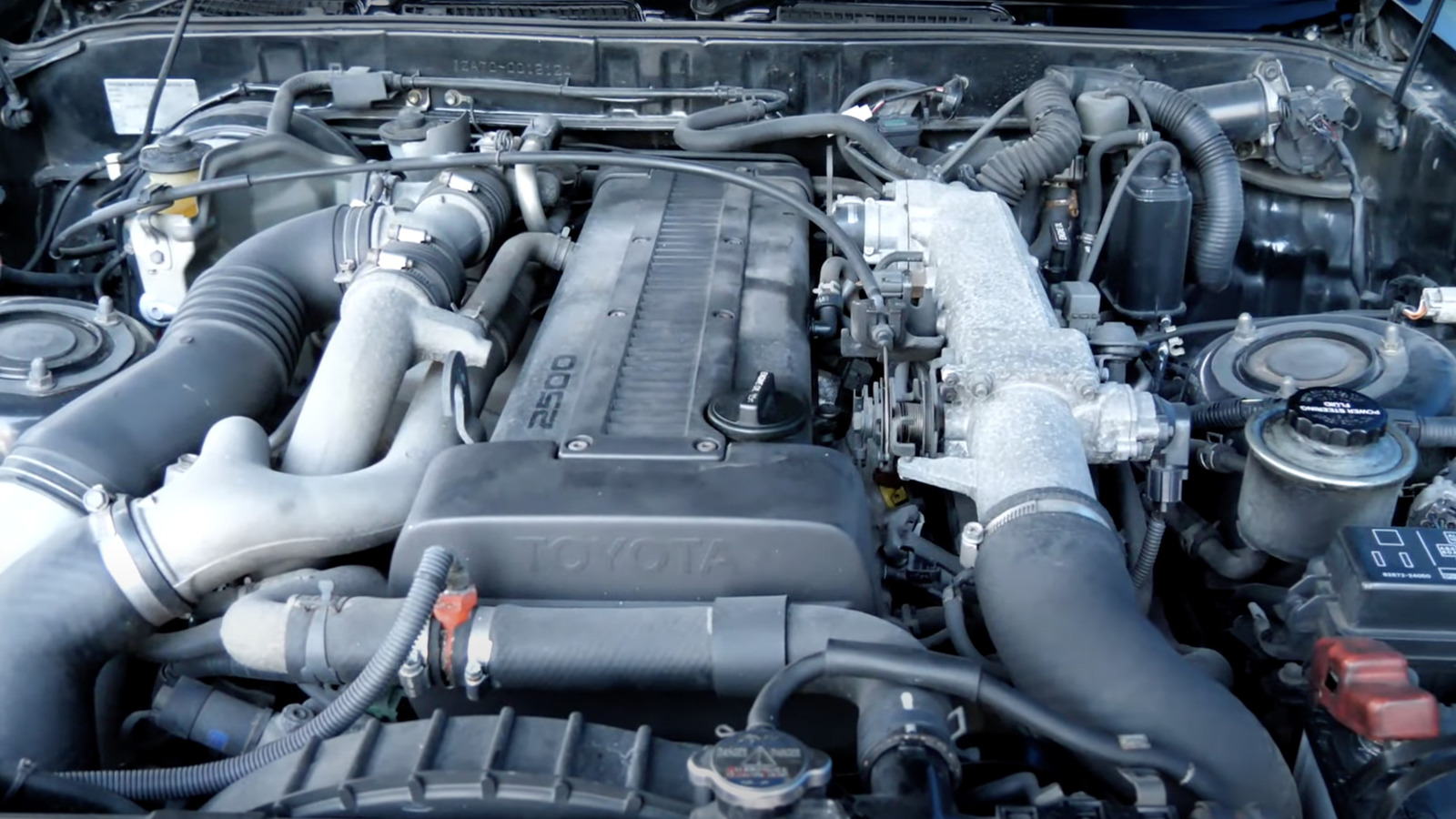
7. Mercedes-Benz OM617: The Diesel That Wouldn’t Quit
The OM617 five-cylinder diesel, built from 1974 to 1991, was the heart of Mercedes reliability in the ’80s. Known for powering taxis that racked up over 600,000 miles without major engine work, this 3.0-liter cast-iron motor defined longevity.
Available naturally aspirated and turbocharged, it reached up to 227 hp in later applications like the record-setting C111 concept. It also powered the first production turbodiesel sedan: the W116 300SD.
Despite a reputation for being slow and smoky, the OM617 earned eternal praise for dependability. It helped build the Mercedes mythos of quality and remains a benchmark for diesel durability.

8. GM LS V8: The People’s Powerplant
Since 1997, the GM LS engine family has revolutionized the V8 scene. Ranging from 4.8 to 7.4 liters and outputting between 255 to 755 hp, it has powered everything from Silverados to Corvettes. Despite criticism of American build quality, the LS gained favor for unmatched reliability and affordability.
Its compact design, strong internals, and abundant aftermarket support made it a tuner’s dream. The LS proved itself equally on the drag strip, track, and street. Its reputation has outgrown any early skepticism—it’s now the gold standard for reliable V8 swaps and continues to evolve as a performance staple.
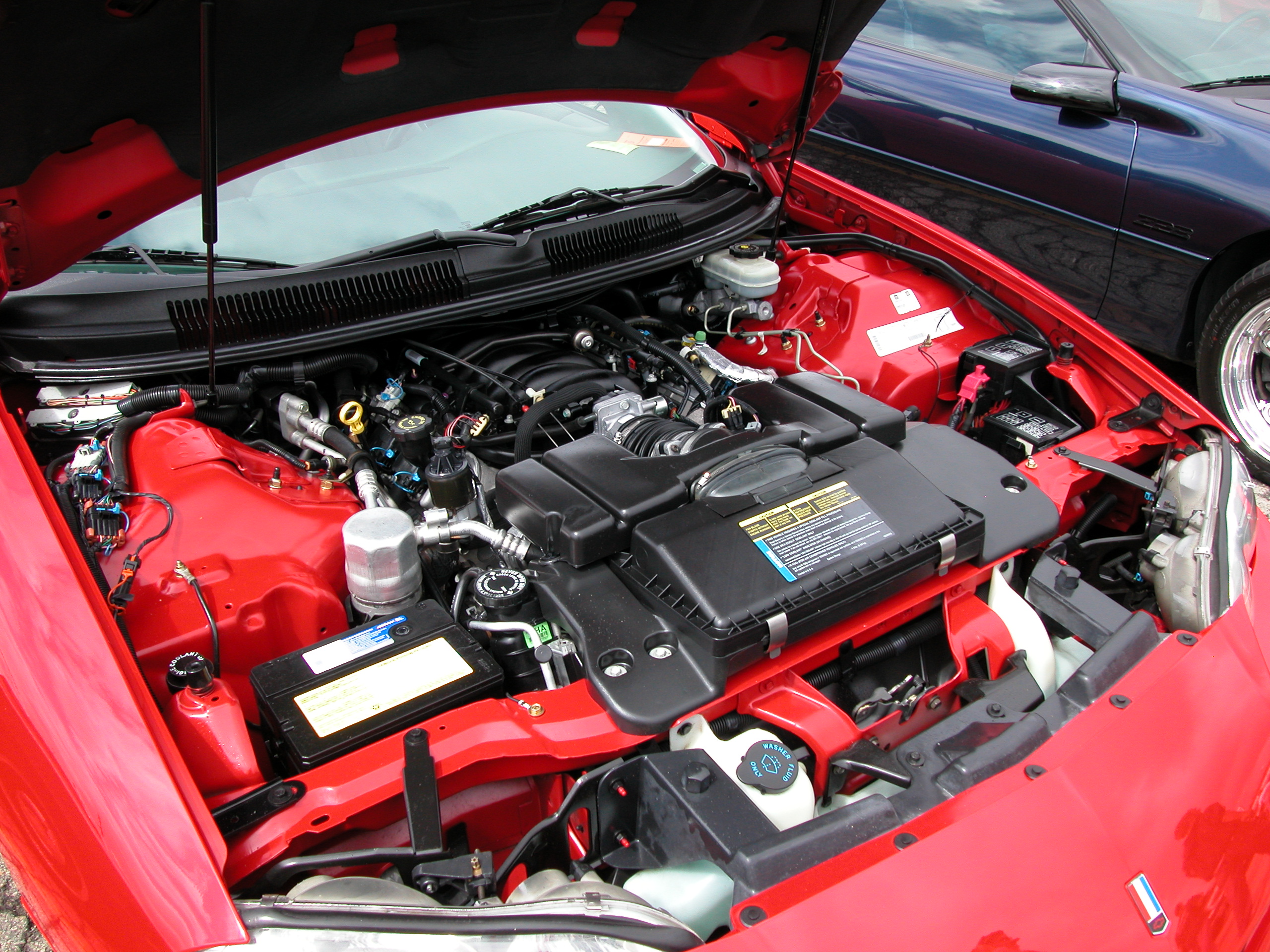
9. Toyota UZ Series: Japan’s Ultimate V8
Debuting in the Lexus LS 400 in 1989, the UZ family of V8s remained in production through 2013. The 1UZ, 2UZ, and 3UZ ranged from 4.0 to 4.7 liters, powering luxury sedans, SUVs, and even boats. Often overshadowed by flashier motors, the UZ was understressed, smooth, and dependable.
It was so robust that marine and aviation applications weren’t out of reach. From the Lexus LS to the Land Cruiser, it offered refinement and strength. While not a tuning darling like the LS or 2JZ, the UZ quietly gained recognition as one of the most reliable V8s ever produced.
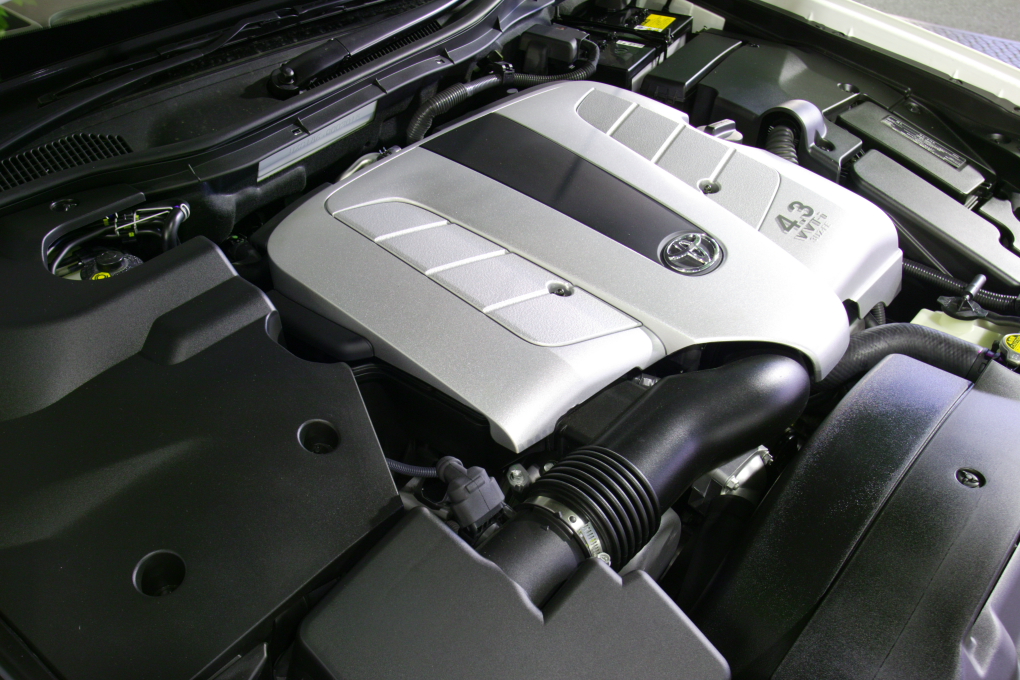
10. Honda K-Series: The Rev-Happy All-Rounder
Launched in 2001, Honda’s K-Series DOHC inline-fours brought high-revving reliability to everything from the Civic Type R to the CR-V. Displacements ranged from 2.0 to 2.4 liters with outputs from 150 to 320 hp. Featuring VTEC, they earned favor for performance builds and daily driving alike.
Despite their compact size, these engines took serious abuse—turbocharged or naturally aspirated—without faltering. The K20 and K24 in particular became favorites for engine swaps across brands.
Although initially seen as economy car motors, K-Series engines have emerged as modern legends, blending efficiency, rev-happiness, and bulletproof dependability in one compelling package.

These engines all share a common narrative: underestimation followed by lasting recognition. Initially overlooked, criticized, or seen as utilitarian, each has proven itself through longevity, performance, and user loyalty.
Whether it’s a diesel that runs forever, a V8 with endless swap potential, or a rev-happy four-cylinder adored by tuners, these engines have carved out a legacy stronger than their original reputations.
In a world obsessed with horsepower figures and brand prestige, these unsung heroes remind us that true greatness lies in the ability to last, to adapt, and to perform, year after year, mile after mile.
Also Read: 10 Cars That Are Still on the Road From the Early 2000s

